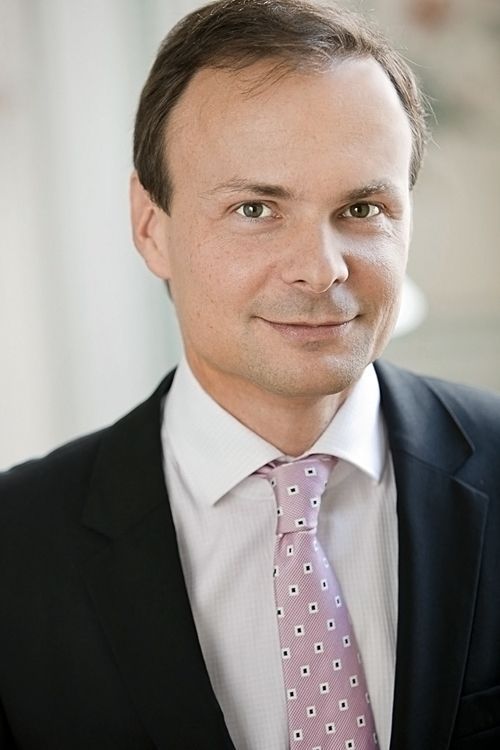Alexander Klafsky, managing partner, FLE: We are not so well-known – we don’t like to be in the newspapers as much as others do. We tend only to be known by other market participants. LFPI, our parent company, is a spin-off from La Financière Patrimoniale d'Investissement SAS and is largely owned by the management. We currently have more than EUR 3 bln of assets under management, of which EUR 1 bln is equity invested in real estate. We are mid-sized, but one of the premier independent multi-strategy alternative asset managers in Europe. Our biggest real estate fund owns more than EUR 2 bln of real estate. Our investor base is very stable and trusting when it comes to following us into new markets – and this base has been built over twenty years. Mostly these are pension or insurance funds, which requires us to be long-term oriented and conservative. We are building up a portfolio that is cash-flow oriented and paying them regular dividends. We are not as large































































